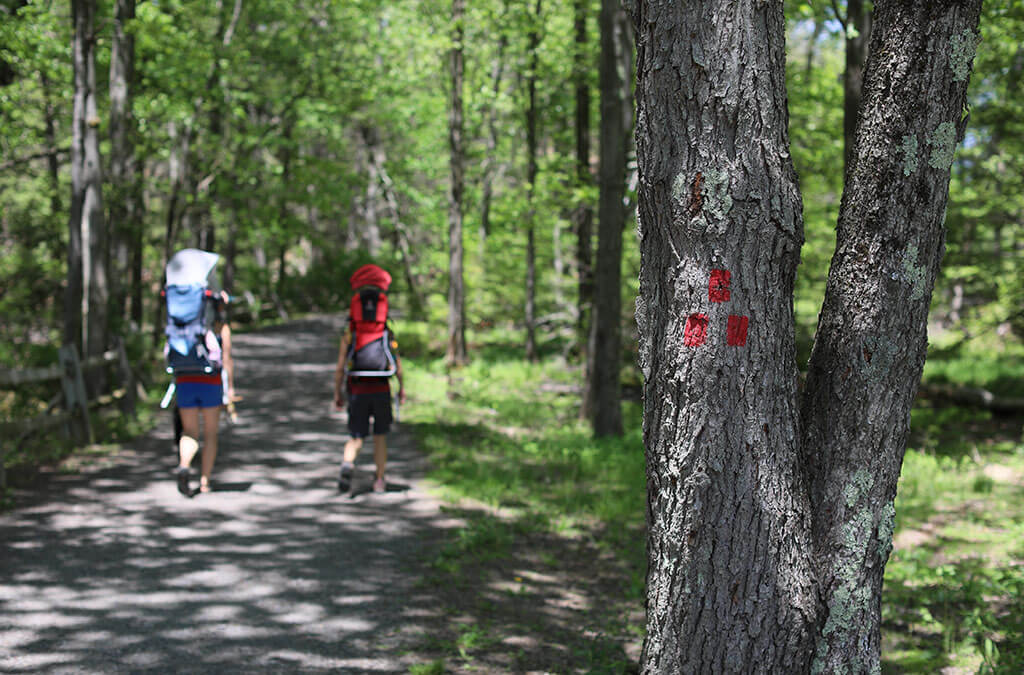
Getting to know Leave No Trace, a basic tennet of good trail manners, is at the heart of exploring responsibly and being welcome in the woods. Learn it, share it, and live by it; the glorious, healing great outdoors deserves no less.
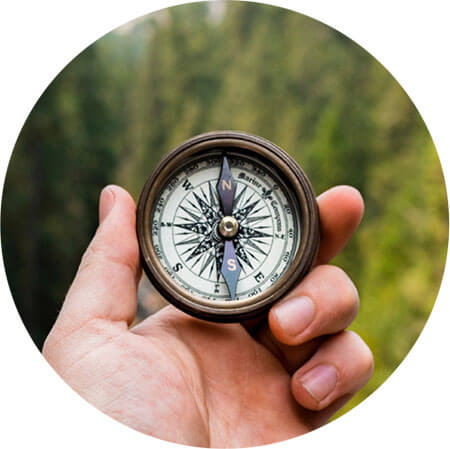
1. plan ahead and prepare
Whether headed into the backcountry for a two-week trek or squeezing in an after-work hike, at least some element of organization is key. With good planning and prep, we increase our understanding of the places we visit and can avoid situations that cause impact.
Find out what rules and recommendations land managers have created for your destination. For example, Mohonk Preserve decrees that dogs must be on leashes, and food must be stored in bear-proof canisters in the Catskills’ backcountry. Most guidelines can be found online or by calling.
Further preparations include taking steps to protect yourself from Lyme-disease carrying deer ticks or to bringing a filter for water gathered from streams in order to avoid ingesting parasites. Live by the Boy Scouts’ “Be Prepared” motto: Bring a map, a compass, a first-aid kit, and some form of communication on your hike; these things are light and can be tremendously useful.
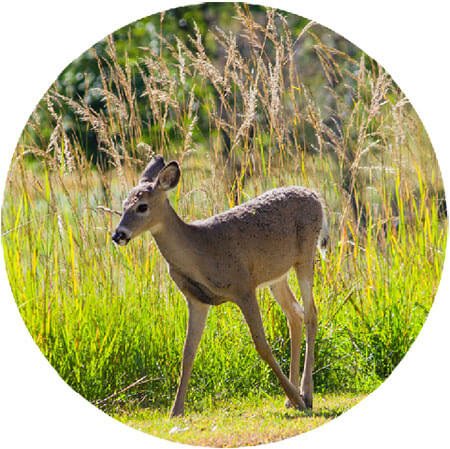
2. respect the wildlife
Wild creatures deserve a chance to function in a normal, natural way. We are visitors in wild areas and should always remember that we have entered someone else’s home. Our actions can have lasting impacts.
Animals and birds that are fed by human beings become used to, and sometimes dependent on, that interaction. Creatures that are disturbed often become stressed in ways that we may not recognize; they may bite or use critical energy fleeing. There is endless fascination in observing and identifying wild creatures, but leaving them to their business helps ensure that human presence does not disturb natural cycles and events.

3. leave what you find
People love to take things home from the places they visit, which explains the t-shirts from Disneyland and coffee mugs from the Grand Canyon. Mementos can take us back to gorgeous places, even though we may be hundreds of miles away.
However, beautiful treasures that we find in wild lands are fragile and among finite resources. When we take into account that many other visitors will likely visit the same place, it becomes apparent how significant this seemingly small act can be. The old adage “Take only pictures” is key.
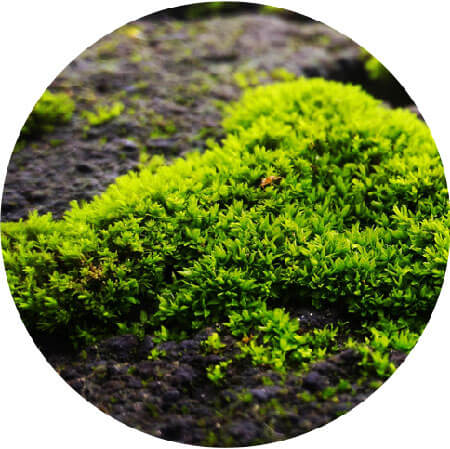
4. travel and camp on durable surfaces
Erosion is one of the most lasting and insidious impacts that we have on wild areas. When people travel through an area, the soil becomes compacted by repeated footfalls. When this happens, delicate plants, whose root systems hold the soil together, die off. Surface soil then leaches away, further compromising its ability to support plant life.
Many hikers tend to use the edges of trails to avoid deeply rutted, muddy sections. This common practice creates new paths for erosion and narrow islands of plant life that are highly susceptible to even further destruction. By staying along the center of a trail and avoiding the temptation to shortcut them for convenience, we can help to minimize impact.
Also make sure you rest, camp, and picnic in areas where you can move around without disturbing delicate mosses or other plant life. Durable surfaces include the trails themselves, dry streambeds, leafy mats in areas of mature forest, rock slabs, and boulders.
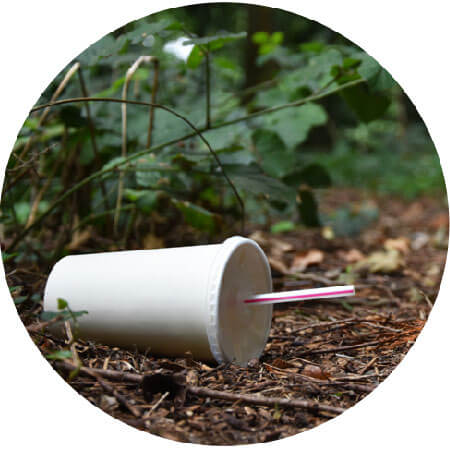
5. dispose of waste properly
Long-time Mohonk Preserve ranger Bob Elsinger asks that we all lend a helping hand by making a small bag and some gloves part of our outdoor kit and picking up the things less thoughtful visitors leave behind.
Leaving trash behind when visiting wild places is obviously not acceptable. Take the “carry in, carry out” sensibility to heart by avoiding food and water that generates waste in the first place. Make a peanut butter sandwich rather than buying a wrapped Cliff bar, and bring water from home in a safe, reusable bottle.
Further, special steps must be taken “when nature calls” in nature. In desert and alpine environments, many land managers have instituted rules requiring that everything, including human waste, be carried out. These rules are meant to protect the most fragile environments, where soils lack microbes able to break down waste or seemingly biodegradable toilet kits.
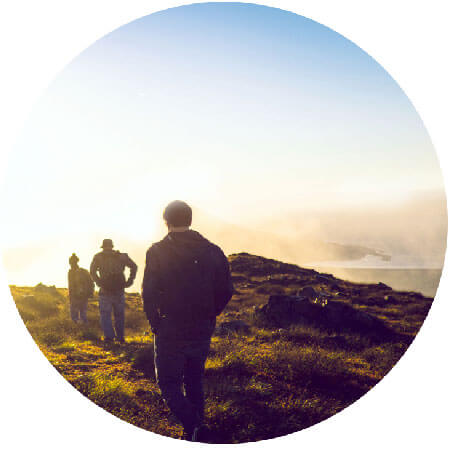
6. be considerate of others
No matter your own personal requirements, respecting other visitors by moderating your impact is the ethical thing to do. Concerns like noise and group size are important. Consider moving off a trail to rest so that other visitors do not have to weave through.
Perceptions of what constitutes a wilderness experience vary dramatically. Some need to be days from the road before they are able to fully disengage from the “real” world. Others need only to be wandering down a carriage road a few hundred yards from the parking lot to feel the magic of the natural world. Wherever you roam, remember to be considerate of others.
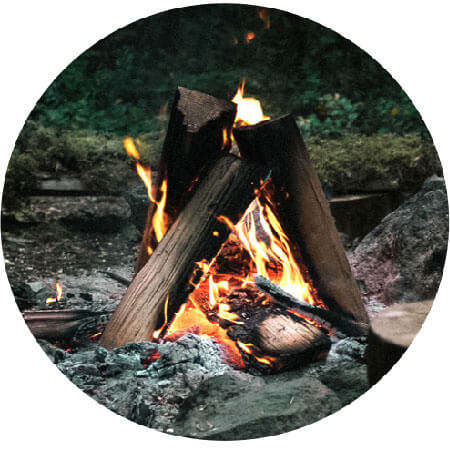
7. minimize campfire impact
The Catskills Region is littered with fire rings. These mounds of ash, surrounded by a haphazard ring of rocks and laced with tin foil, glass bottles, old batteries, and all sorts of other debris, are as common as oak trees.
Before you decide to build a fire, consider whether or not you really need one. Modern camping stoves are far more efficient than open wood flames for cooking, and despite our endless fascination with the romance of a campfire, sitting in the quiet darkness under a twinkling night sky may be just as fun.
If you do make a fire, use an existing ring whenever possible, collect only dead wood that is already on the ground, do not put trash in the fire, and when it’s time to sleep, be sure that flames and embers are fully extinguished. In the event that you’ve made a new fire ring, disassemble it the next day and widely disperse the ashes once it is clear there are no remaining embers that could start a fire. Every effort should be made to leave an area in at least as good a condition as when you arrived.

